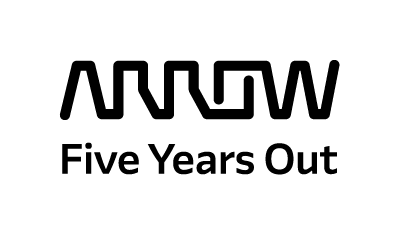The Circular Economy is Not Free
by CAROL BAROUDI
Attending the GreenBiz Forum in Phoenix the week of February 16 was a wonderful experience. It was hard not to be inspired and delighted amid so many people doing so many good things. “The Circular Economy” was a term bandied about with relish – referring to our potential future, where waste is eliminated and goods flow in and out in everlasting goodness. Sustainability icon Bill McDonough championed “Endless Is More” replacing “end-of-life” with “end-of-use.” And we in sustainability know that this nirvana is possible only when the original design is done with reclamation in mind.
Yet I fear the circular economy is further away than many would care to admit. Missing from the magic equation is the basic understanding of recycling economics. First and foremost, recycling is an energy-intensive, and often water-intensive, process. Second, for recycling to be economically viable, what comes out of the recycling process has to command a price that is greater than what it cost to reclaim the materials. So, for example, thousands of old CRTs with their leaded glass languish in warehouses, often abandoned, because it’s not economically viable to process them. Meanwhile, they are turning into potentially hazardous waste, where the cleanup costs could exceed even the costs of appropriate disposal.
For me, one of the GreenBiz highlights was participating in a panel on “Electronics and the Circular Economy.” As panelists we all understood that reuse trumps recycling, and that upcycling is better still. Yet as new technologies proliferate, there’s little evidence that reclamation is high on the list of design criteria. While EPEAT includes recyclability in its criteria for green purchase, EPEAT can tackle only so many product lines. Electronics are embedded in lots of things that we don’t traditionally consider “electronics.” For example, at the airport I noticed that one of the flight attendants had a suitcase whose wheels displayed colored lights as she pulled it, not unlike the light-up shoes favored by toddlers.
The same miracle of miniaturization that distills more and more power into a smaller and smaller footprint defies the economies of recycling. How do we gather up all the embedded chips and reclaim their miniscule amounts of precious commodities? Already we’re challenged by trying to reclaim rare elements used in such small quantities that their recapture is not yet economically viable. When it costs more to print the manual for these complex new processors than it does to purchase them (for less than a dollar), we can know that their widespread applications will destine them to products and places that will make them very difficult to recover. These products seem to have a different trajectory from those designed for a circular economy.
For a more circular economy, a product’s original design must take into account how the product’s materials can be reused or reclaimed economically. We need to step away from the idea of “one-time use.” Just as sustainability leaders try to abolish the use of Styrofoam® cups, which take more than a million years to decompose, the principle of “plan for reuse” needs to guide design of all products. And if we’re truly to embrace a circular economy, we’ll have to create infrastructure capable of collecting them and processing them appropriately.
I’d love to hear your ideas on how we can make this happen. In a resource-constrained world, creating without a plan for reclaiming seems at best unwise. Drop me a line at cbaroudi@arrow.com and tell me what you think.

